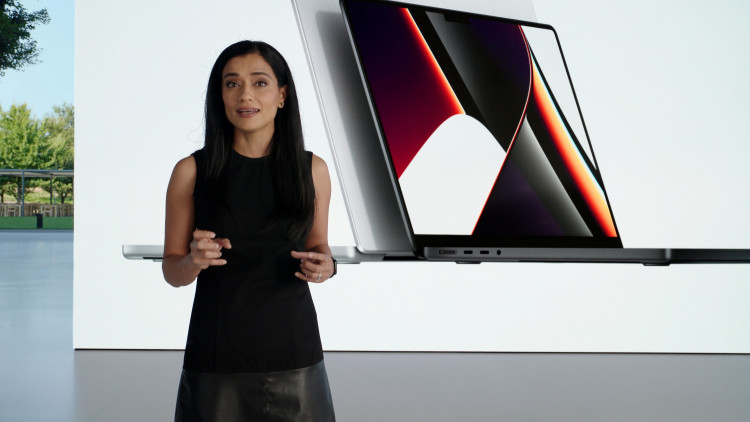Apple is, reportedly, working on introducing touchscreens to its portfolio of MacBooks.
The technology will make its debut in 2025 on an OLED MacBook Pro and allow both touch input and motions, according to Bloomberg.
Teams within Apple are working on the project, and the first iteration will have both a touchscreen and a trackpad, according to the report.
If implemented, the change would represent a major about-face for Apple, which has long maintained that touchscreen computers are less ergonomically sound, despite the fact that Windows laptops from rival manufacturers now come equipped with touchscreens as standard equipment.
"We really feel that the ergonomics of using a Mac are that your hands are rested on a surface, and that lifting your arm up to poke a screen is a pretty fatiguing thing to do," Apple's head of software Craig Federighi said in 2018.
More recently, when questioned at a conference if Apple might release a touchscreen laptop, he replied, "Who's to say? "
However, Apple's Mac business does not require a shot in the arm. When Apple replaced Intel processors in most of its computers with its own silicon, Mac sales skyrocketed.
The pivot enabled Apple to fully redesign the Mac, which had become stale due to an aged design and iterative annual improvements. Following the split with Intel, Apple has released significantly more exciting computers, which, when combined with an ongoing epidemic that has pushed people to work and learn from home, has sent Apple's Mac industry surging.
The first M1 Apple chip was introduced in a MacBook Air laptop in 2020. It was more powerful than Intel's CPU while also providing longer battery life and allowing for a fanless design, allowing Apple's new MacBook Air to be even quieter. It was an immediate success.
In April 2021, CEO Tim Cook claimed during the company's fiscal second-quarter earnings call that the M1 processor helped propel the 70.1% surge in Apple's Mac revenue, which topped $9.1 billion during that quarter.
The expansion continued in fiscal Q3, with Mac revenue up 16% year on year. In the same quarter, it introduced the all-new iMac, which had a redesigned super-thin metal body that resembled a screen pushed up on a stand.
For a touchscreen Mac to accept finger taps instead of mouse clicks, which call for larger buttons, considerable software adjustments would be necessary. Apple's iPads and iPhones run an operating system created for touchscreens, whereas macOS can only be used with a mouse and keyboard at the moment.






